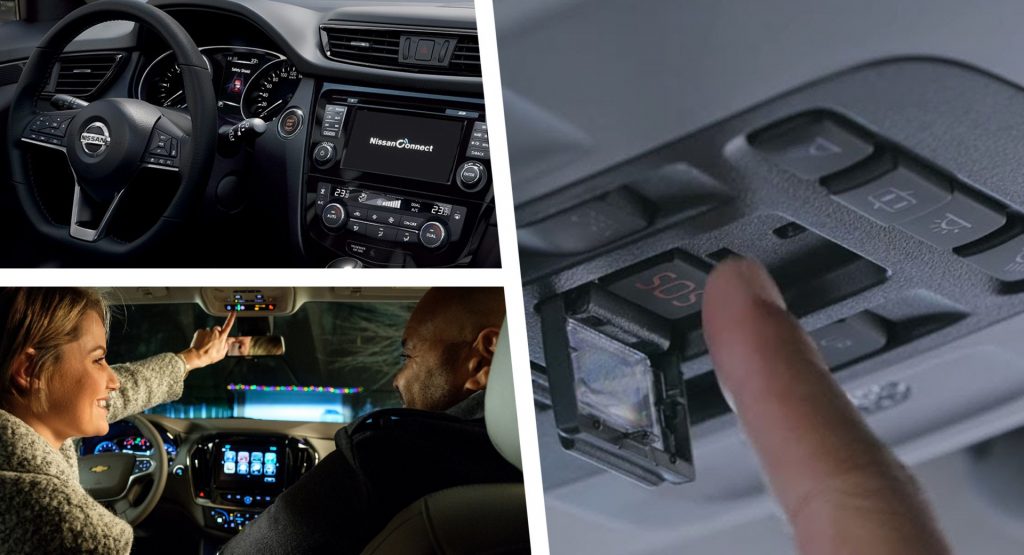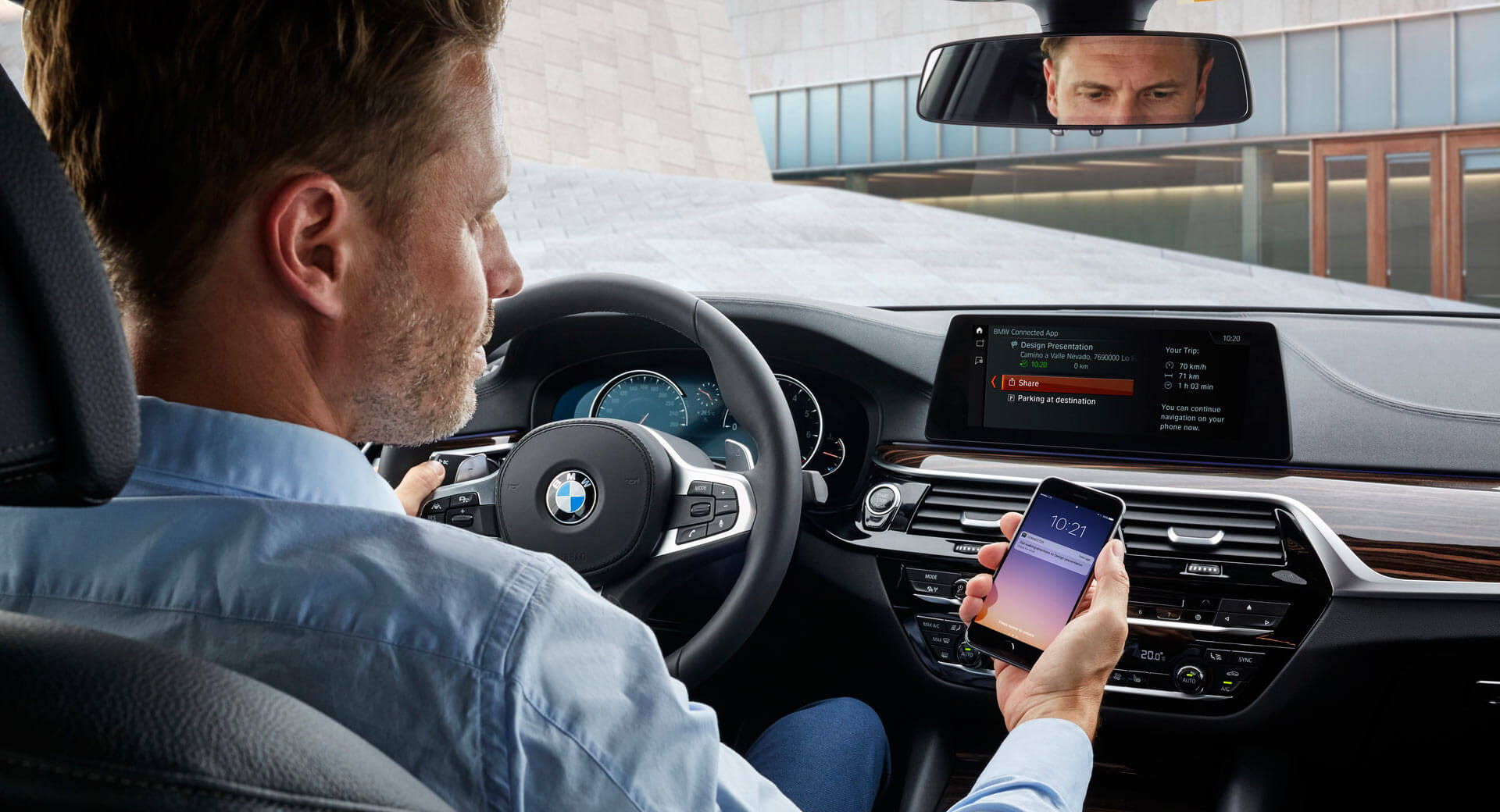Technology is moving on fast and what once was the new talk of the town is now giving way to a new and better version of it. This applies to the 3G networks which are gradually shutting down in the US between February and July, twenty years after their introduction, and at the same time affecting millions of vehicles that rely on them for updates, real-time navigation, remote control, and emergency services.
As reported by CNBC, the first major provider to shut down 3G services was AT&T last Tuesday, with T-Mobile and Verizon following later this year impacting smaller providers that use their networks. The reason for the demise of 3G is to make room in the infrastructure and capital for the 5G which will bring many changes in our lives.
AT&T issued the following statement: “Since February of 2019, we have worked with automotive manufacturers to help them transition their connected cars to newer technology before 3G services end February 22. Customers have received, and will receive additional, communications as we work with them on this transition, including direct mail, bill messages, emails, and text messages.”
Read Also: Audi Will Be Among First Automakers To Introduce 5G In Its American Lineup
Despite the warnings by providers, there are automakers who built cars that relied on 3G networks up to the 2021 model year. Today, there are millions of vehicles in the US that will be affected. While shutting down 3G won’t be making any car unusable, it could disable some features which in turn might affect its resale value.
The most common casualty is the emergency response services which use a 3G-only modem and antenna to communicate with the center and share the vehicle’s location. Another feature widely used by owners is the real-time traffic updates on built-in navigation systems – although those who use their smartphones won’t have an issue. Finally, some 3G-equipped vehicles allow remote control in features like air-conditioning from the user’s smartphone, which is also going to be disabled.
Will My Vehicle Be Affected In Any Way?
While most brands have already informed vehicle owners if you still don’t know whether your vehicle will be affected by the discontinuation of 3G you can check the vehicle list on Consumer Report’s website. You can also visit the official website of your vehicle’s brand and look for relevant announcements, like this one from Toyota.
What Are The Solutions?
Some companies like General Motors (Chevrolet, Buick, GMC, Cadillac), are offering software updates that would keep the services running – the same applies for OnStar users. Stellantis’ (Alfa Romeo, Chrysler, Dodge, Fiat, Jeep, Maserati, and Ram) software updates will allow users to maintain remote services at a monthly fee, although they will still lose access to emergency services.
Others like Honda and Tesla are offering hardware upgrades for a certain one-time fee. Porsche and Volvo will soon announce hardware upgrades for their models. Audi went for the option of a third-party plug-in device which would give the emergency services a new lease of life, at a subscription fee, while Mercedes-Benz is said to be preparing a similar solution.
Finally, there is a large group of automakers including Hyundai, Infiniti, Jeep, Lexus, Nissan, and Toyota, that have chosen to permanently discontinue the 3G-related services without any alternatives. Thankfully, Ford and Mazda owners won’t be affected at all, since their vehicles are using the driver’s cell phone for emergency services, while Mitsubishi never used 3G connectivity foreseeing its discontinuation.
Will It Happen Again With 4G?
The 3G demise is affecting the automotive industry a lot more than previous network sunsets since the number of connected vehicles has been steadily increasing compared to the past when only a few models offered network-related features.
Automakers are now working on solutions to avoid this from happening again in the future since even the widely used 4G will need to be discontinued at some point. The goal is to equip vehicles with upgradable hardware that can support newer network technologies when they become available.








